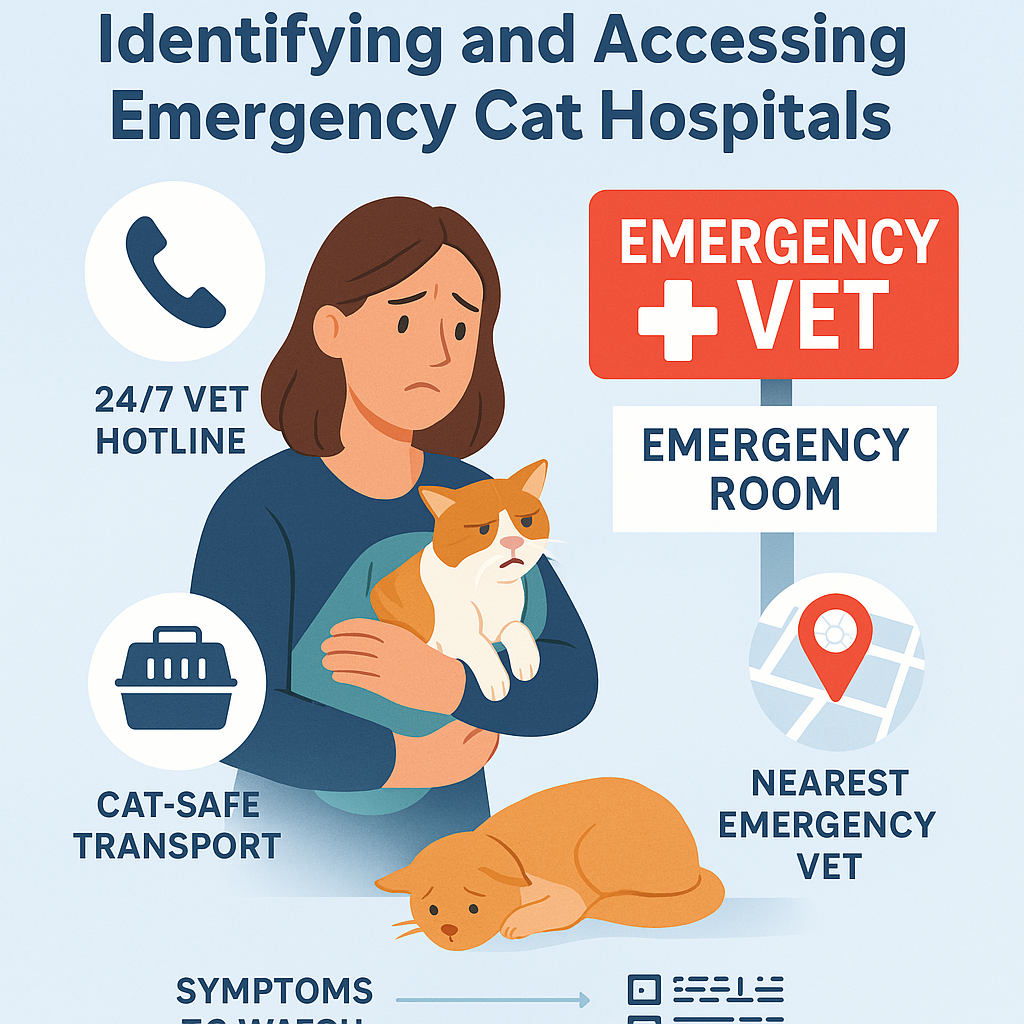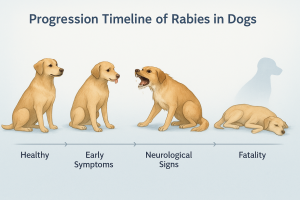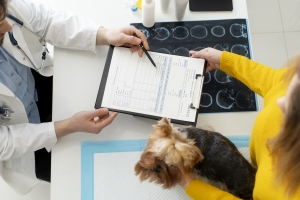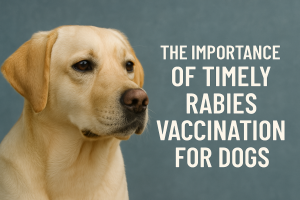Identifying and Accessing Emergency Cat Hospitals

Cats, like other pets, can face emergencies that require urgent care. However, because cats are often more independent and sometimes harder to read than dogs, it’s important to know what signs to look for and where to take them in an emergency.
1. Common Cat Emergencies
Understanding what constitutes a cat emergency can help you respond promptly. Some common emergencies include:
- Trauma and Injury: Cats may injure themselves by falling from a height, getting into fights, or being involved in accidents. Trauma can lead to broken bones, cuts, or internal injuries.
- Poisoning: Cats are curious creatures and may ingest toxic substances like plants, chemicals, or even foods that are harmful to them (such as chocolate or onions).
- Respiratory Distress: If your cat is struggling to breathe, is wheezing, or has a swollen throat, it may be suffering from a serious respiratory issue such as asthma, an obstruction, or an infection.
- Urinary Blockage: Male cats, especially, are prone to urinary blockages that can lead to kidney failure if not treated immediately. Signs include frequent urination or attempting to urinate with little or no result.
- Seizures: Sudden and severe neurological symptoms like seizures, loss of consciousness, or uncoordinated movements may indicate a serious underlying condition.
2. Signs That Require Immediate Attention
While some health issues in cats can wait until your regular vet’s office opens, certain situations require immediate attention:
- Laboured Breathing: If your cat is panting, breathing heavily, or showing signs of distress while breathing, this is a red flag. Respiratory issues can escalate quickly, so seek emergency care.
- Severe Lethargy or Collapse: If your cat suddenly becomes unresponsive or overly lethargic, they may be suffering from an underlying health condition, such as hypoglycemia or severe infection.
- Bleeding: Excessive bleeding from a wound or internal bleeding (vomiting blood or having bloody stools) requires immediate intervention.
- Vomiting or Diarrhea with Blood: These can be signs of gastrointestinal issues, poisoning, or infections that may require urgent treatment.
3. Finding an Emergency Cat Hospital
It’s essential to have a trusted emergency veterinary hospital for your cat. Here’s how to find one that meets your needs:
- Check for Cat-friendly Hospitals: Some emergency vet hospitals specialize in treating cats and may offer additional expertise and a calm, cat-friendly environment.
- 24/7 Emergency Services: Ensure that the hospital provides 24/7 emergency services, especially if your pet’s condition worsens at night or on weekends.
- Experienced Staff: Look for a hospital that employs experienced veterinarians who are knowledgeable in feline emergencies, including specialists in areas such as neurology, cardiology, or toxicology.
- Facilities and Equipment: A good emergency hospital should have advanced diagnostic equipment such as digital X-rays, ultrasound machines, and an in-house laboratory for fast results.
4. Emergency Protocol for Cat Parents
When you identify that your cat is in distress and requires urgent care, take the following steps:
- Stay Calm: Panic can make the situation worse. Keep calm, and assess your cat’s condition. If the cat is conscious, try to keep them calm and contained.
- Contact the Emergency Vet: Call ahead to the emergency vet hospital to let them know you’re on your way and provide them with a brief description of the situation.
- Prepare for Transport: Make sure to bring your cat in a secure carrier to prevent further injury and reduce stress. You may also want to bring their medical records or a list of medications, if applicable.
Follow Up: After your cat receives treatment, follow the vet’s post-treatment instructions closely, including medication administration, follow-up visits, or special care instructions.






